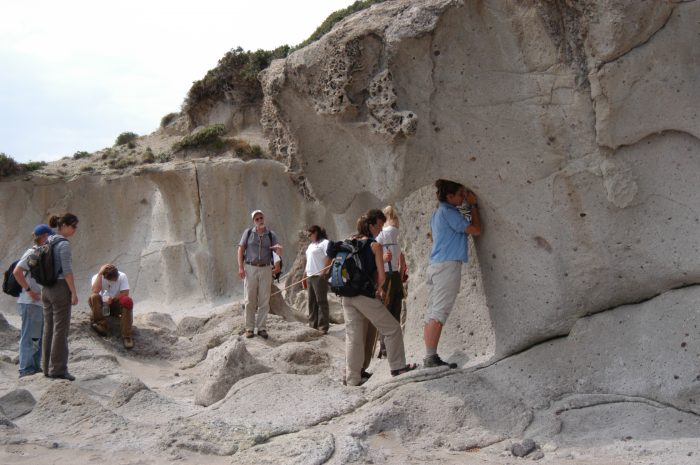60 minute Program | Grades 2 – 12, Post-Secondary, Adults
 Rock Recognition is a hands-on workshop that introduces students to the basics of rock identification, rock formation, and the rock cycle. In this workshop, students will explore Earth’s full rock cycle – sedimentary, igneous, and metamorphic rocks. From fossiliferous limestone that formed in warm, shallow seas to obsidian that oozed from an active volcano thousands of years ago and cooled quickly to form volcanic glass, the specimens that we’ll examine during this program will showcase rocks that formed at Earth’s surface in streams, lakes, and oceans as well as deep below our feet in subsurface magma reservoirs or in the bowels of a tectonically active mountain range.
Rock Recognition is a hands-on workshop that introduces students to the basics of rock identification, rock formation, and the rock cycle. In this workshop, students will explore Earth’s full rock cycle – sedimentary, igneous, and metamorphic rocks. From fossiliferous limestone that formed in warm, shallow seas to obsidian that oozed from an active volcano thousands of years ago and cooled quickly to form volcanic glass, the specimens that we’ll examine during this program will showcase rocks that formed at Earth’s surface in streams, lakes, and oceans as well as deep below our feet in subsurface magma reservoirs or in the bowels of a tectonically active mountain range.
Submit a Booking Request
Science 2: Materials can be changed through physical and chemical processes
• Physical ways of changing materials, chemical ways of changing materials
Science 3: Wind, water, and ice change the shape of the land
• Observable changes in the local environment caused by erosion and deposition by wind, water, and ice
Science 4: Matter has mass, takes up space, and can change phase.
• Phases of matter
Science 5: Earth materials change as they move through the rock cycle and can be used as natural resources
• The rock cycle, local types of earth materials
Science 6: Everyday materials are often mixtures
• Heterogeneous mixtures
Science 7: Earth and its climate have changed over geological time
• Crystalline structure of solids
Science 8: The theory of plate tectonics is the unifying theory that explains Earth’s geological processes
• Plate tectonic movement, layers of Earth
Earth Science 11: Earth materials are changed as they cycle through the geosphere and are used as resources, with economic and environmental implications, plate tectonic theory explains the consequences of tectonic plate interactions
• Earth materials can be identified and classified based on their properties, the rock cycle explains how rocks are formed, destroyed, and transformed
• Convection of heat within Earth’s interior drives plate motion and creates unique features at different plate boundaries
Earth Science 12: Minerals and rocks are the foundation of the rock cycle and can be used as resources that drive industry and global economies.
• Rocks can be compared and classified based on their properties and processes of formation, the origins of magma and volcanism are related to plate tectonic theory
In addition to a guided program, you are welcome to combine your visit with any of our self-led (FREE) activities. Please visit our Educator Resources for ideas!
